-

Welcome to Visit Our Booth in The 2nd China Chaoshan International Textile And Garment Expo!
Guangdong Innovative Fine Chemical Co., Ltd. will attend The 2nd China Chaoshan International Textile and Garment Expo from March 24th to 26th, 2023! Our booth No. is A146 in Hall A1. Guangdong Innovative Fine Chemical Co., Ltd. will show new and competitive products as following: ★ Antibacteri...Read more -
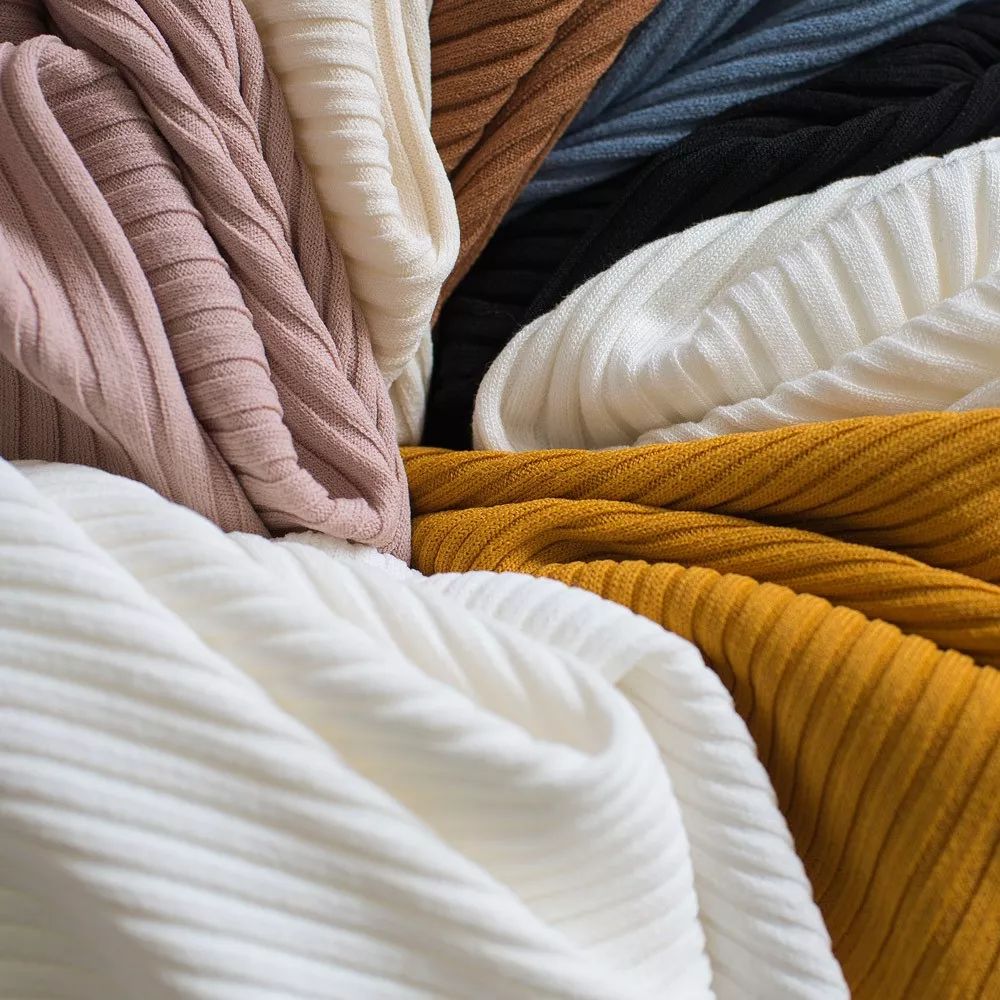
What Are The Characteristics of Viscose Fiber?
It is well known that viscose fiber is the most widely used regenerated cellulose fiber in chemical fiber. It has its own unique feature, which can be both pure spinning and blended with other fibers. The viscose fiber fabric has good advantages of good drapability, moisture adsorption and air pe...Read more -
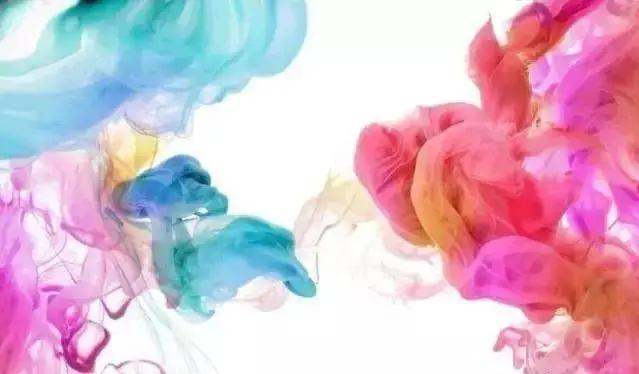
How to Distinguish Reactive Printing and Paint Printing?
There are two main methods of fabric printing and dyeing, as the traditional paint printing and the reactive printing. Reactive printing is that under a certain condition, the active gene of dye binds to the fiber molecule and the dye penetrates into the fabric, then the dye and fabric have chemi...Read more -
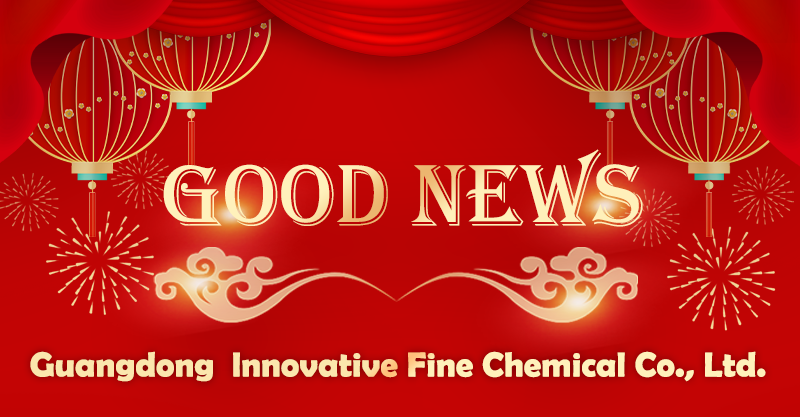
Good News | Guangdong Innovative Fine Chemical Co., Ltd. Was Recognized as “Guangdong Textile Chemical Engineering Technology Research Center” by Department of Science and Technology of...
Guangdong Innovative Fine Chemical Co., Ltd. was recognized as “Guangdong Textile Chemical Engineering Technology Research Center” by Department of Science and Technology of Guangdong Province! Guangdong Innovative Fine Chemical Co., Ltd. has set up the Guangdong Textile Chem...Read more -

The Trends of Today’s Home Textile Fabric
Antistatic Home Textile Fabric Synthetic fiber is greatly used in the field of home textile fabric, which makes up for the shortage of natural fibers. But synthetic fiber is poor in moisture adsorption and easy to accumulate static electricity. Its woven fabric is easy to adsorb dust and stain a...Read more -

What Do You Know about APEO?
What Is APEO? APEO is the abbreviation of Alkylphenol Ethoxylates. It is formed by the condensation reaction of alkylphenol (AP) and ethylene oxide (EO), such as nonylphenol polyoxyethylene ether (NPEO) and octylphenol polyoxyethylene ether (OPEO), etc. The Harm of APEO 1.Toxicity APEO has acute...Read more -
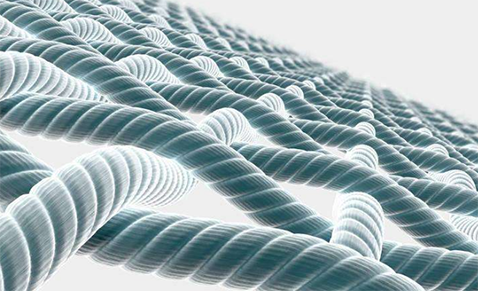
Application of Intelligent Fiber
At present, intelligent fiber is mainly applied in wearable health care, knitted fiber energy and fiber battery, etc. Intelligent Fiber Applied in Healthcare In healthcare, intelligent fiber is applied in touch and pulse signal perception. It is a sensor based on fiber pressure, which is based ...Read more -
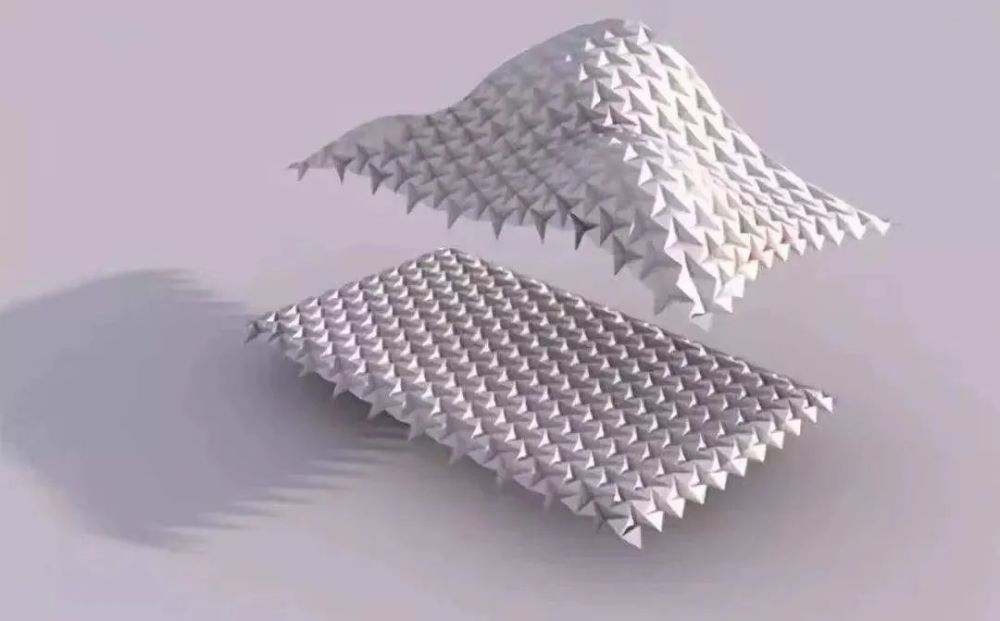
Intelligent Fiber
What Is Intelligent Fiber? Intelligent fiber is the fibrous intelligent material. Intelligent material system has many characteristics and intelligent functions, such as sensing function, feedback function, information recognition and accumulation function, response function, self-diagnosis funct...Read more -

Some Tips about New Type Fibers
Jutecell Fiber Jutecell fiber is a new type of cellulose fiber made by processing natural plant flax fiber. It can not only keep the original antibacterial and mildew-proof performance, moisture adsorption, quick drying, air permeability and moisture wicking property, etc. of natural flax fiber, ...Read more -

What Is New Type Fiber?
Definition of New Type Fiber Because the shape, performance or other aspects are different from the original traditional fiber, it is called new type fiber. Also to adapt to the need of production and life, some fibers are improved performance. The traditional fiber no longer meets the needs of p...Read more -
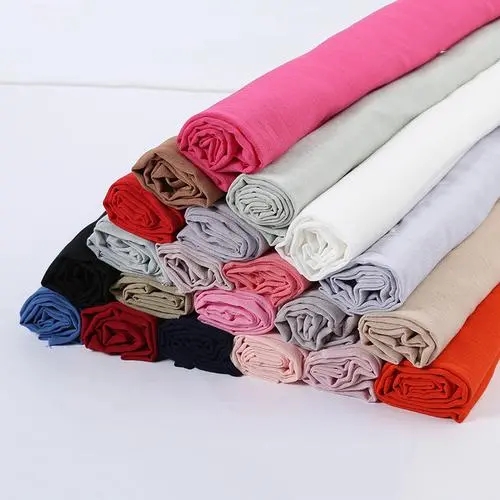
The Abbreviation of Common Textile Fabric and The Characteristics of Common Fibers
The Abbreviation of Common Textile Fabric Abbreviation Name of Textile Fabric AC acetate BM bamboo CO cotton LI linen, flax RA polyamide N Nylon PC acrylic PES, PE polyester PU polyurethane EL elastane fiber, spandex SE silk MS mulberry silk TS tussah silk ...Read more -

What Is Copper Ion Fiber?
Copper ion fiber is a kind of synthetic fiber containing copper element, which has good antibacterial effect. It belongs to artificial antibacterial fiber. Definition Copper ion fiber is antibacterial fiber. It is a kind of functional fiber, which can interrupt the spread of disease. There is na...Read more
- English
- French
- German
- Portuguese
- Spanish
- Russian
- Japanese
- Korean
- Arabic
- Irish
- Greek
- Turkish
- Italian
- Danish
- Romanian
- Indonesian
- Czech
- Afrikaans
- Swedish
- Polish
- Basque
- Catalan
- Esperanto
- Hindi
- Lao
- Albanian
- Amharic
- Armenian
- Azerbaijani
- Belarusian
- Bengali
- Bosnian
- Bulgarian
- Cebuano
- Chichewa
- Corsican
- Croatian
- Dutch
- Estonian
- Filipino
- Finnish
- Frisian
- Galician
- Georgian
- Gujarati
- Haitian
- Hausa
- Hawaiian
- Hebrew
- Hmong
- Hungarian
- Icelandic
- Igbo
- Javanese
- Kannada
- Kazakh
- Khmer
- Kurdish
- Kyrgyz
- Latin
- Latvian
- Lithuanian
- Luxembou..
- Macedonian
- Malagasy
- Malay
- Malayalam
- Maltese
- Maori
- Marathi
- Mongolian
- Burmese
- Nepali
- Norwegian
- Pashto
- Persian
- Punjabi
- Serbian
- Sesotho
- Sinhala
- Slovak
- Slovenian
- Somali
- Samoan
- Scots Gaelic
- Shona
- Sindhi
- Sundanese
- Swahili
- Tajik
- Tamil
- Telugu
- Thai
- Ukrainian
- Urdu
- Uzbek
- Vietnamese
- Welsh
- Xhosa
- Yiddish
- Yoruba
- Zulu
- Kinyarwanda
- Tatar
- Oriya
- Turkmen
- Uyghur
More Language

